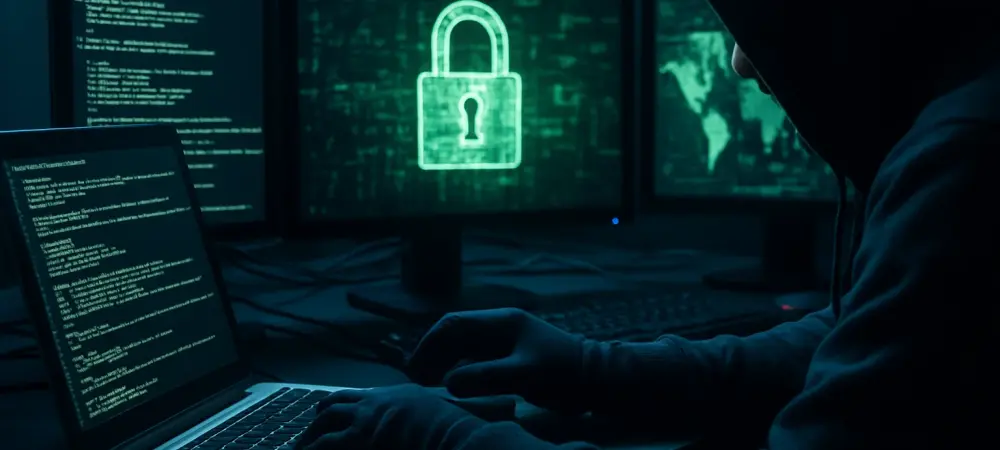In today’s rapidly evolving digital landscape, organizations face mounting threats that challenge their cybersecurity defenses, demanding more dynamic and integrated solutions. Chief Information Security Officers (CISOs) and Chief Technology Officers (CTOs) hold pivotal positions where credibility and effectiveness hinge on their adherence to the cybersecurity standards they promote. Tackling this question is vital, as the integrity of cybersecurity measures and the fate of organizational security itself depend largely on the leaders’ ability to practice what they preach.
Password Management and Multifactor Authentication
Studies indicate a troubling trend, where a significant number of security professionals continue to reuse passwords across different platforms, a practice fraught with risk. Password management is critical, and many IT leaders advocate for the use of password managers, arguing for dedicated tools that segregate personal and professional passwords for optimal security. Multifactor authentication serves as another layer of protection, often lauded for its capability to thwart unauthorized access. Experts champion app-based verification methods over SMS, recognizing the inherent vulnerabilities of SMS being susceptible to interception.
It is essential that IT leaders embody these practices, showcasing the tools and techniques they encourage so that cybersecurity becomes a deeply ingrained routine. This daily diligence is indispensable for fostering an environment where security is omnipresent, with employees continuously aware of the importance of robust protection measures. The ultimate goal is an organization where both leaders and staff collaboratively sustain a state of heightened awareness and preparedness to counter evolving threats.
Phishing Awareness and Communication Skepticism
Phishing, a deceptive tactic aimed at exploiting unsuspecting employees, poses a serious risk to cybersecurity. The frequency of phishing attempts highlights the necessity for a skeptical mindset among all users. Education plays a crucial role in this paradigm shift, where real-world examples of security breaches serve as cautionary tales. Regular workshops and seminars enhance this awareness, fostering an environment where knowledge is proactively shared and reinforced. Through these initiatives, organizations imbue their workforce with the skills necessary not just to identify phishing scams but to respond decisively. A cultivated culture of vigilance is paramount, where skepticism in communications translates to heightened security, thereby mitigating vulnerabilities.
Separation of Personal and Work Devices
In the complex realm of cybersecurity, isolating personal and professional digital environments is emerging as a critical practice. IT leaders distinguish their devices, recognizing the potential risk of blending personal and work domains. Advocates like Jim Chilton highlight the advantages of maintaining separate networks for work and home activities, thus reinforcing the barrier between personal communications and sensitive organizational data. This approach doesn’t insist that employees reach expert levels of cybersecurity understanding but encourages them to adopt practical measures. Making cybersecurity relatable is essential, as the practice becomes a shared responsibility rather than an exclusive demand on tech-savvy personnel. By promoting accessible and manageable steps, organizations effectively safeguard assets, leveraging the collective effort of both leaders and employees in maintaining a secure digital environment.
Cultivating Cybersecurity Culture
Leaders face the ongoing challenge of cultivating a comprehensive cybersecurity culture that resonates throughout the entire organization. Feedback loops are integral, encouraging employees to share insights, fostering an environment of collective learning and improvement. Moreover, by integrating cybersecurity practices into daily operations, leaders can drive home the point that security isn’t an isolated concern but a shared value, embedded into the organization’s ethos. Overall, the path towards mitigating cyber risks lies in unwavering leadership commitment. This translates into tangible actions, fostering a robust culture that prioritizes vigilance, education, and ethical responsibility in digital stewardship.
Conclusion: Embodying Effective Cybersecurity Practices
The importance of password security is paramount in cybersecurity, yet it is often undervalued. Effective password management is essential, with numerous IT leaders recommending password managers. Additionally, multifactor authentication stands out as a critical protective measure, praised for its ability to prevent unauthorized access. =These strategies not only safeguard data but also demonstrate an organization’s dedication to security, providing a model for employees to follow.
It is crucial for IT leaders to practice what they preach, effectively using the tools and methods they endorse, making cybersecurity a natural part of everyday work. By maintaining strict password standards and employing multifactor authentication, leaders create a security-focused culture, where systems are safeguarded by both technology and disciplined habits, ensuring constant awareness and readiness against threats.

